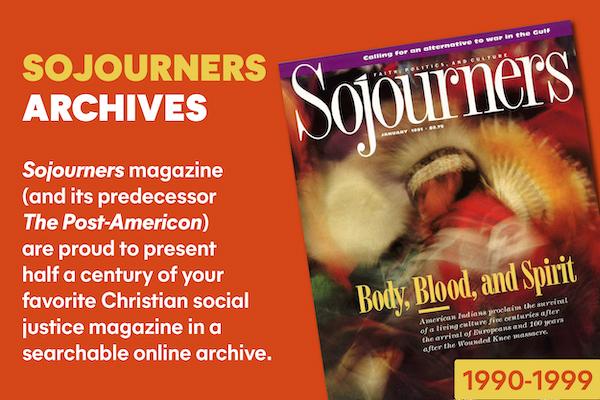"You're possessed!"
"Your father is the devil!"
The extended confrontation between Jesus and the Judeans in Jerusalem at the Feast of Tabernacles (see "Undermining the Power of the Law," May 1993) ends with the sharpest possible mutual hostility. As the Judeans pick up stones to kill him, Jesus slips away. His "hour" has not yet come; there is still daylight in which to work (John 9:4).
With these explosive sparks still flying, we come to the story that has been used at least since the third century as the model of Christian discipleship for new converts: the healing of the one born blind in John 9. Within this episode lies the Johannine community's view of its relationship with those who have preferred "the glory of humankind" to the "glory of God" (12:43). To understand the radical social and political implications of this powerful story, we must pay close attention to the signals the text provides right at the beginning.
The story starts with the description of a scene familiar to the synoptic gospels, but which, upon close reading, reveals crucial Johannine twists. Still in the Jerusalem temple precincts where the pool of Siloam is located (9:7), Jesus finds a blind person and heals him.
What is the disciples' state of mind at this point in the narrative? The Tabernacles argument completely overturned the Jewish disciples' understanding of God and religion. For the Johannine community living some 60 years after Jesus' death, chapters five through eight formed a partial explanation of their unexpected experience in being rejected by the post-temple synagogue community when they proclaimed Jesus as a "son of God," meaning a "true Israelite" (compare 1:47) faithful to God's covenant with the people.
Read the Full Article

